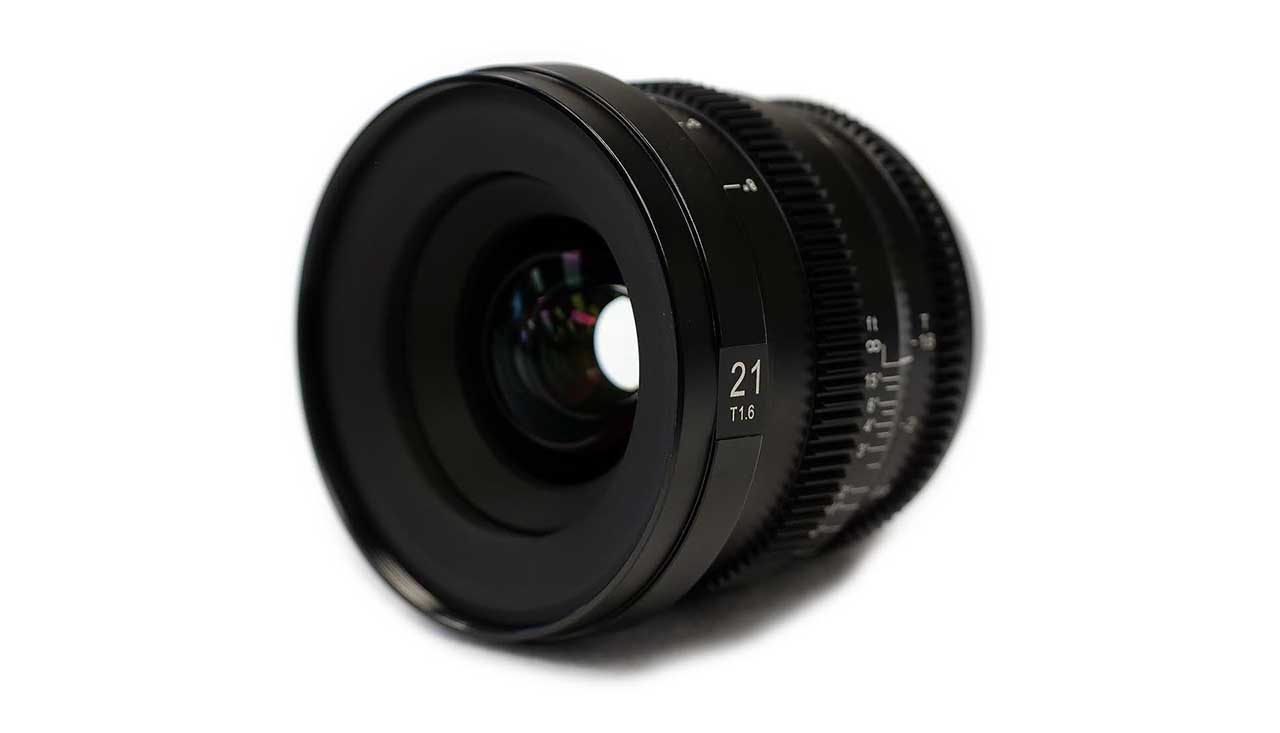Most of us who have been taking photos for a while understand what an f-stop is and its relation depth of field, the size of your aperture opening and allowing light to reach your camera’s sensor. But if you’ve ever wanted to learn more about video and filmmaking, no doubt one of the first things you noticed was that on cine lenses these values of how much light passes through are called T-stops. What is the difference between T-stops vs F-stops, you may be wondering?
In videography and cinematography, a T-stop is a measure of the amount of light that a lens allows to pass through to the image sensor. T-stops are expressed as a number, just like f-stops, but they are not the same thing.
F-stops are a measure of the size of the aperture, or opening, in a lens. The aperture is a circular opening that controls the amount of light that enters the lens. The larger the aperture, the more light that is allowed to pass through the lens and the smaller the aperture, the less light that is allowed to pass through. F-stops are calculated using a mathematical formula based on the focal length of the lens and the size of the aperture.
On the other hand, T-stops are a measure of the actual amount of light that is transmitted through a lens, taking into account any loss of light due to lens elements, coatings and other factors. T-stops are typically measured using a light meter or other specialised equipment and are expressed as a number.
Cinema lenses typically have T-stops rather than f-stops because T-stops more accurately represent the amount of light that is transmitted through the lens. This is important in cinematography because consistent lighting is crucial for achieving a professional-quality image. With T-stops, cinematographers can be sure that they are getting the same amount of light from shot to shot, regardless of any variations in the lens or other factors.
Lenses for stills photography, on the other hand, typically have f-stops because the aperture size is the primary factor in controlling the amount of light that enters the lens. In stills photography, the aperture size is often used to control the depth of field, or the range of focus in the image. F-stops are a convenient way to express the size of the aperture, and they are widely used in stills photography.
What is the difference between T-stops vs f-stops?
T-stops and f-stops are both measures of the amount of light that a lens allows to pass through to the film or image sensor, but T-stops take into account any loss of light due to lens elements and other factors, while f-stops are a measure of the size of the aperture. Cinema lenses typically have T-stops to ensure consistent lighting, while lenses for stills photography typically have f-stops to control the depth of field.





Leave a Reply
You must be logged in to post a comment.